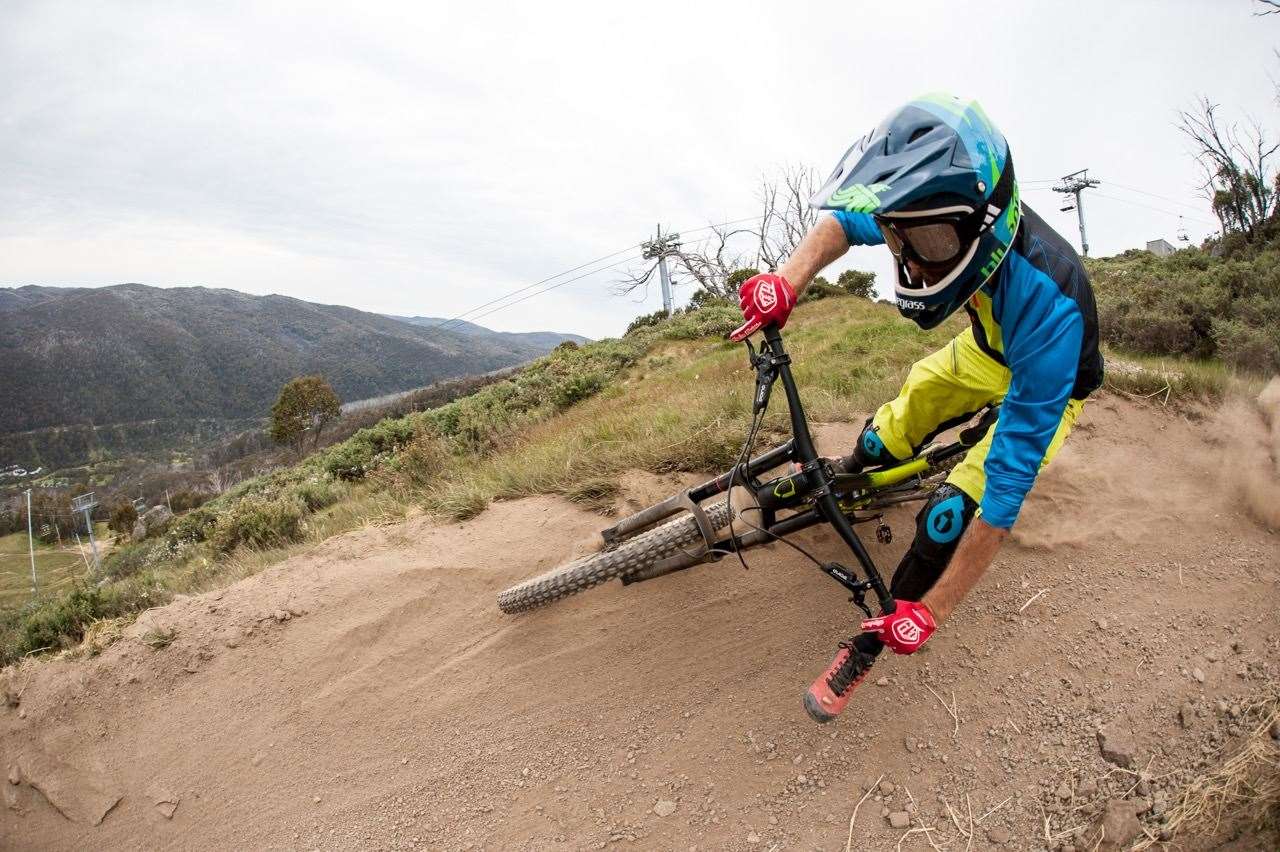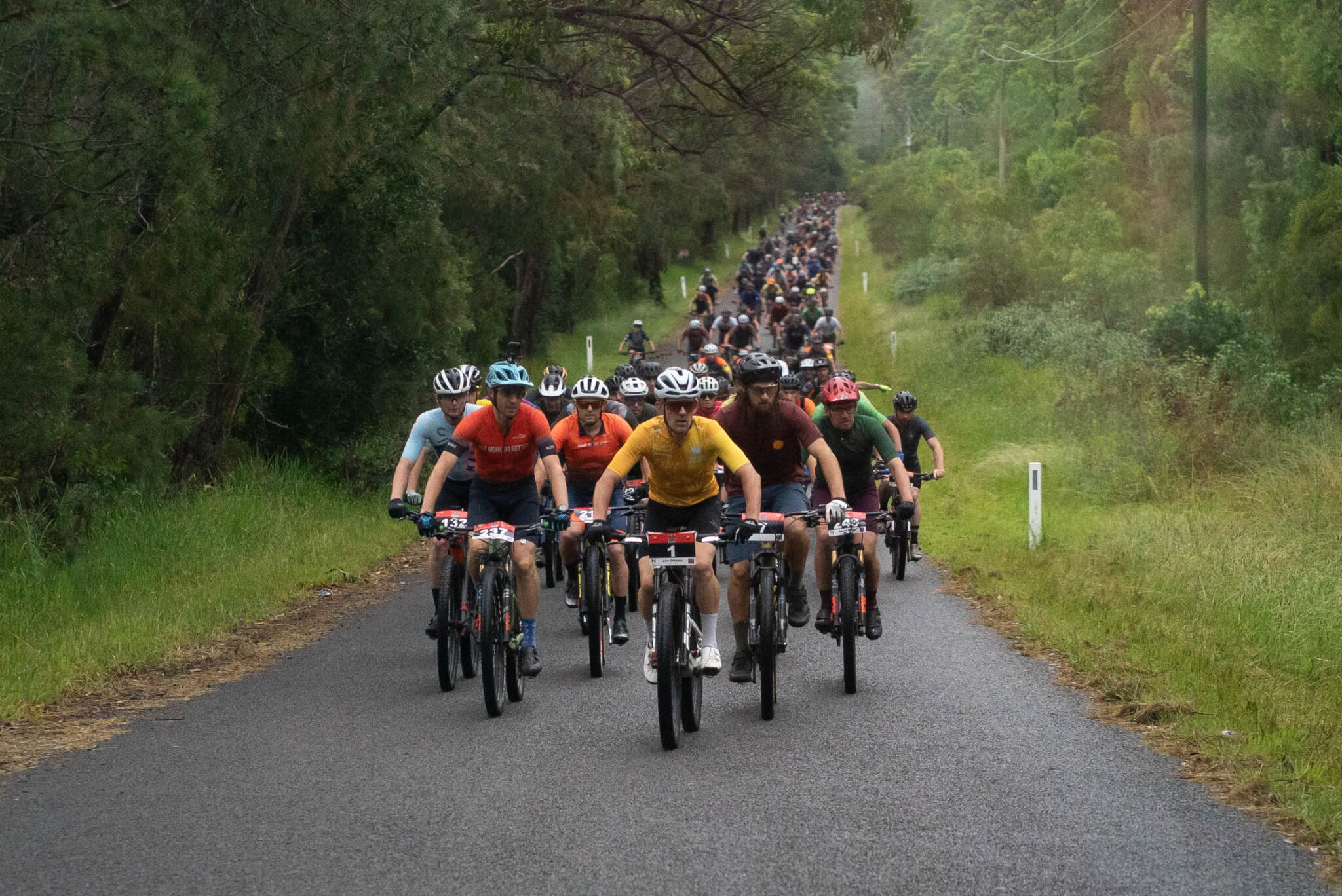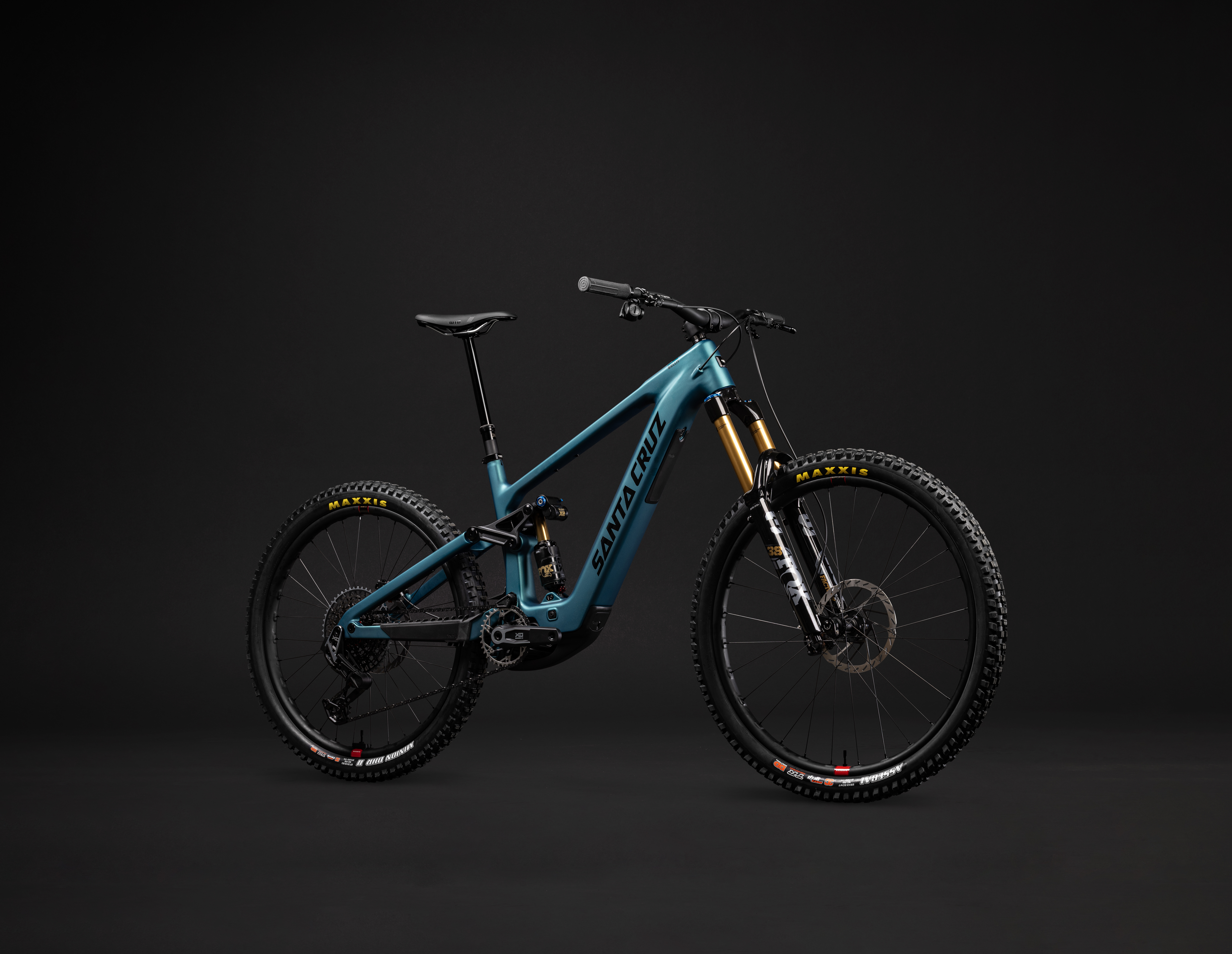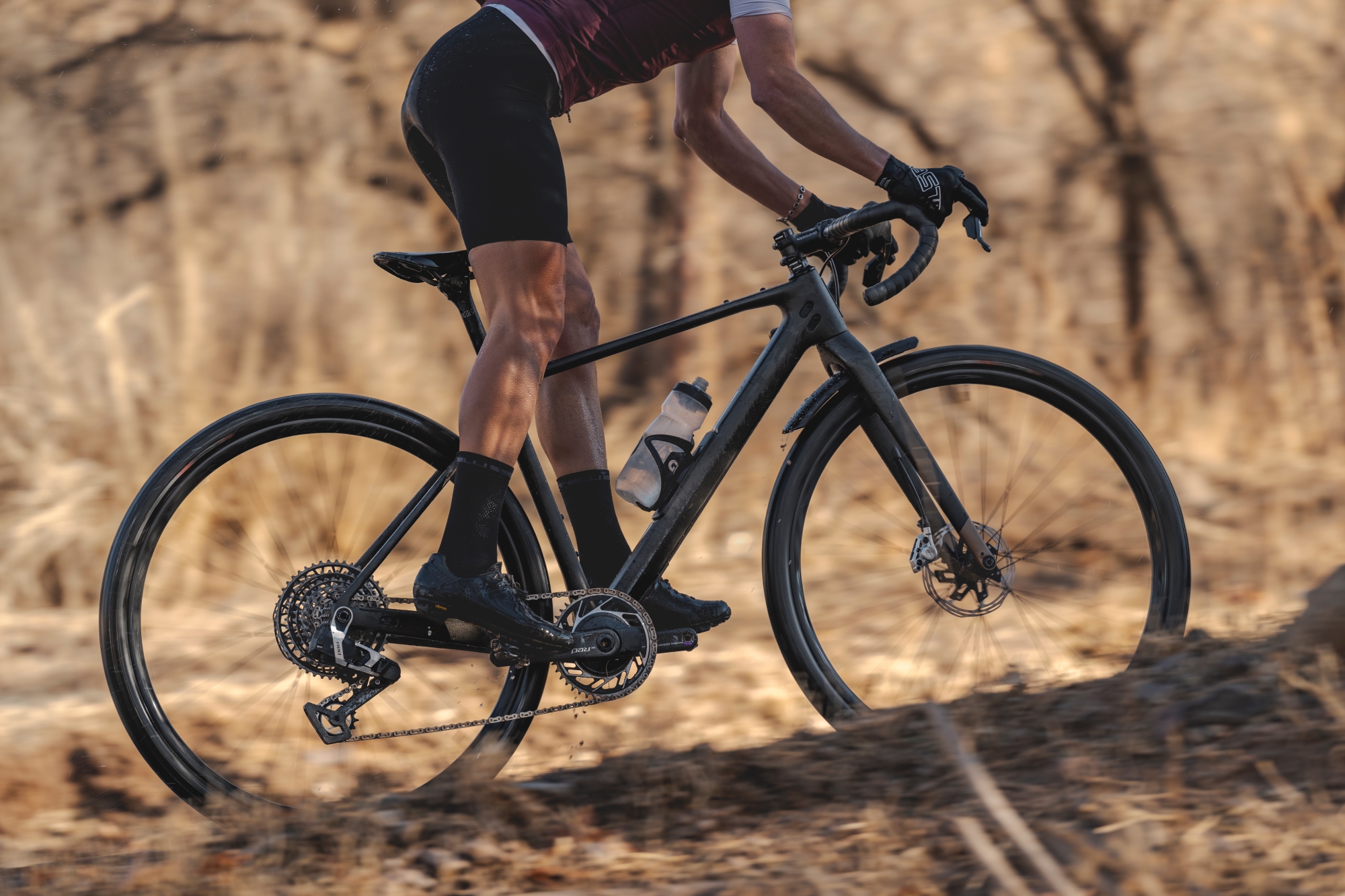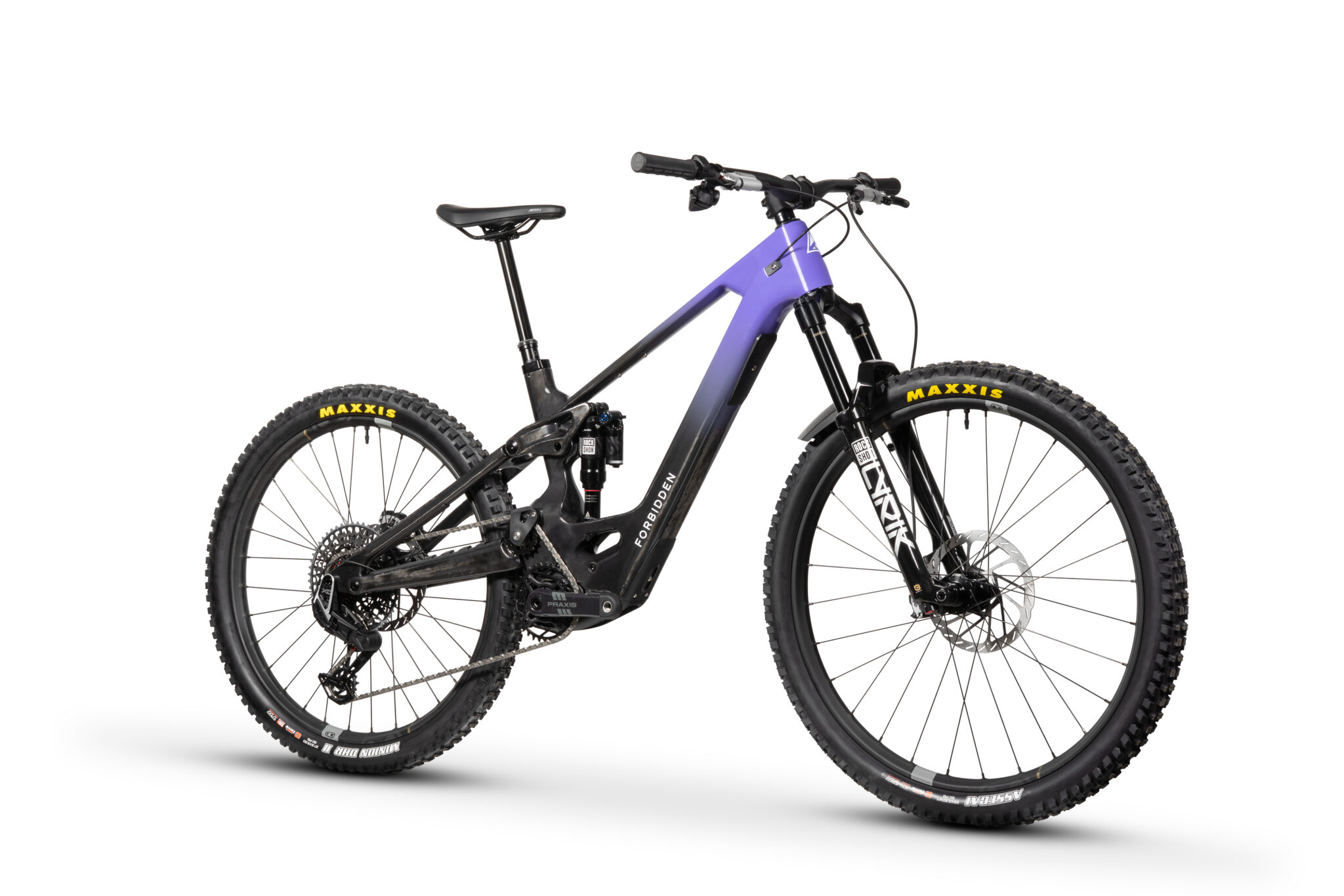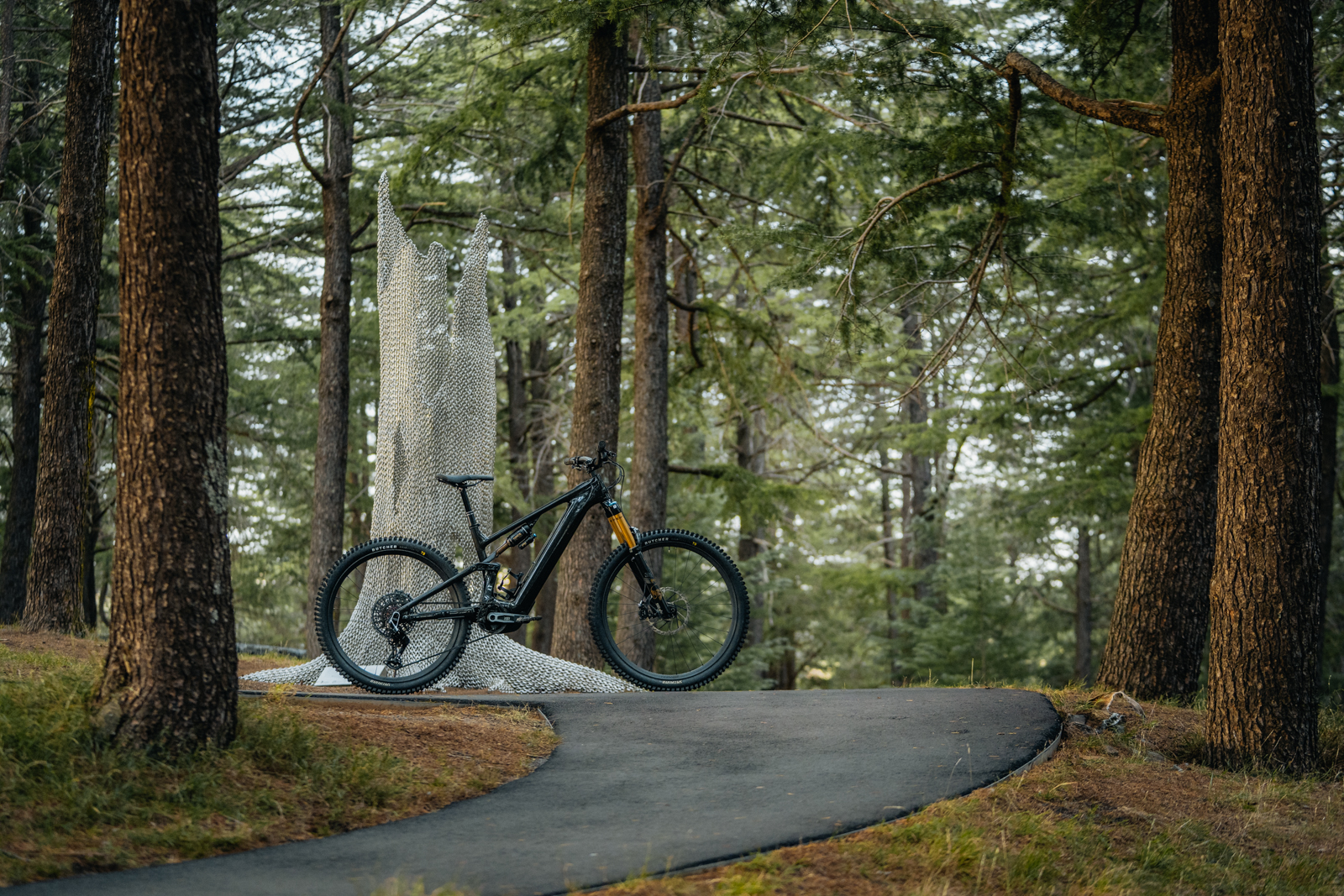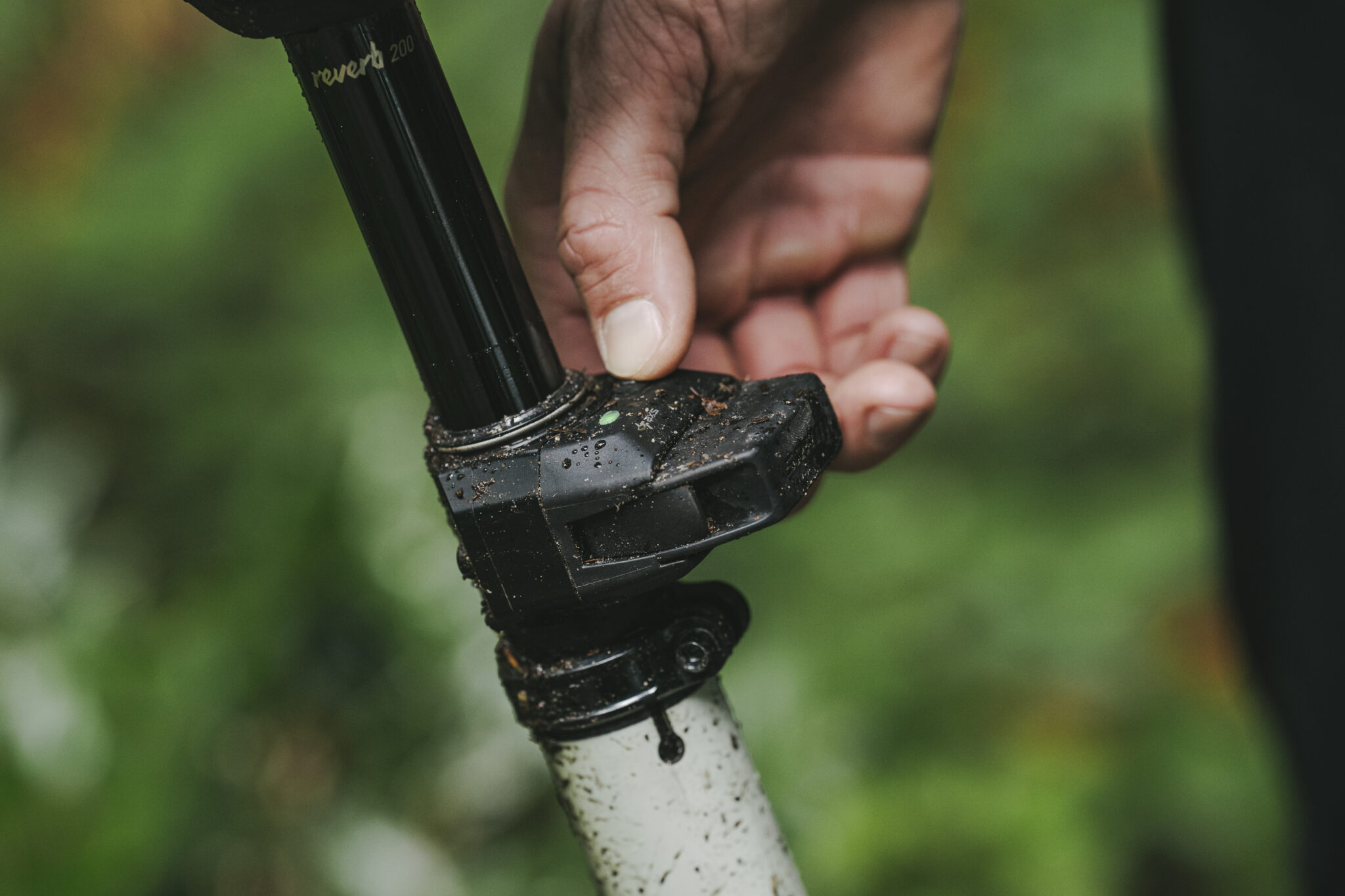TESTED: Norco Aurum A7.1
Bred from the North Shore of British Columbia, Norco has been one of the longest serving mountain bike companies to come out of Canada.
Bred from the North Shore of British Columbia, Norco has been one of the longest serving mountain bike companies to come out of Canada. A brand that has a pedigree for downhill excellence ever since 1999 when they delivered the VPS, a bike designed to cope with the rough tracks of the testing and exclusive “The Shore” trails. Norco’s first downhill bikes were burly and quickly became synonymous with freeriding, moving away slightly from the downhill scene, until recent years. The Norco Aurum platform was launched in 2013 and brought a revolutionary design for the brand, being piloted by the Dirt Norco team the bikes showed a huge amount of potential that Norco was back to plant their flag in the downhill racing scene once again. The bikes developed each year being ridden by riders like Bryn Aktinson and now being ridden by Norco’s very own factory team. While the new Aurum Carbon model was launched last year, would the alloy version of the Aurum be able to stand up to its bigger carbon brother?
Australia’s downhill scene is in a boom at the moment, one only needs to attend the Thredbo Cannonball Festival to see just how big the sport is becoming. Through the sport being more easily watched, to our very own Australian’s dominating on the world circuit, downhill is back in a big way. With downhill being more and more about the racing then purely riding we are seeing brands expand their range with price conscious bikes being released to get more new riders into the sport. This is what I see that Norco are doing with their alloy Aurum line. The Aurum 7.1 on test is the top model in the alloy range, offering a race ready build at an affordable price.
Initial thoughts on the Norco Aurum
This new steed arrived at my door one Sunday afternoon, for me to say I was excited to ride this bike is an understatement. The bike looks very similar to bikes that I have ridden in the past but with big differences on the axle. The bike arrived in a large box, which is always nice as I know there will be less building to do. Pulling it out of the box it was apparent that although this bike was alloy the bike had been designed and thought about with actual riders in mind. The welds were beautiful; the integrated bump stops are probably the best and most comprehensive design I have seen and the paint, well just how damn good does this thing look?
The build is really smart for the price too, the build kit utilises the new SRAM X01 DH group, this is top of the line kit which is great for the riders out there. This system is simple, sleek and most importantly has amazing shifting and chain retention. Opting for this latest and greatest group set allows the bike to become more future proof by running an XD freehub driver. The second big stand out for me was the new offerings from E13. The crank is E13’s LG1 crank, matched with a direct mount 34-tooth chain ring and the brand spanking new LG1+ chain device, which was the first I had seen in the flesh.
Whenever a bike is set at a certain price point however there are parts used to make the build slightly cheaper. These parts were done with the suspension of the bike, now personally I’m a big suspension guy, I like my suspension to be adjustable to some degree, this allows better performance on the trail. To confuse that statement though, I also adopt the theory of less is more, meaning less adjustment to the end user can have bigger advantages as you’re not getting caught up between 18 vs. 16 clicks of compression. So my big question with the bike was, will the high end drivetrain components be overshadowed but slightly lower level suspension? The proof was in the pudding and a weekend in Thredbo was the perfect test.
Geometry wise I was very, very intrigued with how the bike would ride, Norco adopts a very different sizing model for their bikes, the rear end of the bike is specific to the front end which I think makes sense. When you think about it, why should the rear end of a small bike be the same as a large? Riders should really be placed in the middle of the bike to create balance and I believe that Norco’s aim with this sizing is to do so. As a rider that is 99% of the time on a medium bike, I found after looking at the numbers that a large was going to suit myself more on the trail for its top tube length. The head angle sitting at 63 degrees is perfect for any World Cup level bike so I knew the front end was going to soak up all the holes and rough braking bumps of Thredbo, but was the large going to be too long in the corners? Or was the length of the rear end going to give me a more stable ride on the high speed sections? Personally I believed it would be the latter, but only time would really tell.
On the trail with the Norco Aurum
Thredbo’s downhill run takes no prisoners, you roll out of the chair lift and are greeted with a high speed fire road that just screams “GO FASTER”, especially when you are riding with friends like I was. This is great fun, but not something you want to do on a bike that is foreign. First rolling down I was hesitant but metre by metre my confidence grew, the ride was footed with great and familiar rubber (a Maxxis Minion DHF front and High Roller II rear), the bike made me feel balanced and the extra length was feeling ok. Off the fire road is a different story though, you are greeted by a few holes, two small corners and then a log gap. On the bike I seemed to forget that I hadn’t ridden here in years and hit the same lines from the last time I raced the track (circa 2013). I had to back off a little more for the rest of my first run, I knew I had a full weekend ahead and that going fast wasn’t going to be the best for my health.
As there as one more run after one more run I started to quickly feel comfortable on the rig, the first ride quality I really noticed was that I was centered on the bike, this sounds simple but not all bikes offer the same geometry to make you feel balanced (especially with short rear ends being all the rage at the moment). Being balanced on the bike is great for more reasons than one, firstly it means that you have more grip on the bike with both tyres having the correct pressure on them for optimum grip, secondly the suspension starts to work in unison meaning greater bump sensitivity and thus more confidence on the high speed parts of a track. Norco seems to have thought about this geometry trait of the bike and I can say that it seemed to deliver on the tracks I rode.
The cockpit of the bike is one that felt very familiar but was actually not a set up that I had run before. I felt right at home on the stock 800mm RaceFace bars, the width although slightly wider than what I am used to gave me a great position on the bike and although they look like a flat handlebar do offer a small amount of rise. Personally any bike brand that provides a 800mm bar is smart, it means the end user can cut them to size. The brake set up felt perfect from the get go, utilising the tried and tested SRAM Guide R brakes there was no lack of stopping power even on the long runs of Thredbo. The nicest touch of the cockpit however came in the form of one of the smallest parts, the grips. They are an in-house Norco grip which was super thin, this small feature that I would usually overlook really did help with the arm pump.
Straight from the box the suspension on the bike was perfect for my weight and riding style. The large frame comes paired with a firm front spring and 450 pound spring out the back, a set up that I have used for years on other downhill bikes. This was a spec trait that I was very impressed about, because many bikes that I see now-a-days come with suspension that is perfect for the park rider as opposed to the downhill racer, even large Specialized Boxxers come paired with a medium spring. With a spring rate that was on par with what I usually use it was time to really give the lowest suspension offerings from RockShox a crack. The Kage shock offers limited adjustment with a stand-alone compression adjustment and rebound, I must say I kind of liked this about the rear shock. It took a lot of the trial and error work out the bike and meant I could focus more on riding than really dialling everything in. The Boxxer Race fork offers the same lowers as its bigger brothers but with an internal cartridge from older RockShox models. The fork was plush and for the money I think worked well, I did find however that the front end had a tendency to dive under braking and going fast into corners, due to the fork not ramping up with the “Charger” and “FiT” cartridges we have all become used to riding. The fork was by all means not a let down and for the price of the bike it was spot on. But I can see the advantages in a Boxxer fork in either Team or higher.
The running gear on the bike was set to be the stand out of the build, the SRAM X01 group set to me is the perfect system for downhill. Offering the race ready 7 speed cassette as well as a wide narrow E13 ring, there was absolutely no risk of dropping a chain on either the front or the back. Being from a mechanical background group this is something I like to see, there is just less risk with the drivetrain. The chain however did make a lot of noise as there was no chain stay protector for the bike. I also found there was a bit of noise coming from the external brake and gear cables on the frame. This is not a huge deal by any means but personally I do like my bikes to be on the quiet side. This can easily be sorted with internal cables on newer models.
The wheel build too was a stand out, running the Sun Inferno Eyeletted rim matched with sealed hubs and DT Swiss spokes the wheel (with 14mm brass nipples for the bike geek out there) set was actually very bomb proof and I was impressed to not see one ding on the rim after a very solid few weeks on the bike. The rubber complemented the wheels very well, I love any bike that comes stock with proper downhill tires and Norco has done just that.
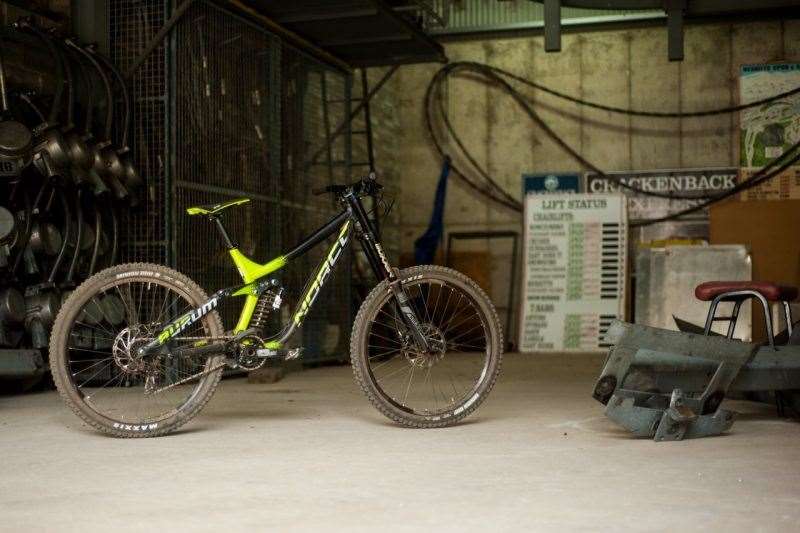
Final thoughts on the Norco Aurum
Norco have hit the nail on the head for an entry level race bike, with a full blown downhill race rig coming in at $5,499 and offering the top of the line drivetrain seems to me to be a no brainer. The frame geometry is almost identical to its race proven carbon brother and is confidence inspiring even on the longest and roughest tracks in the country. The frame comes from a race pedigree offering the rider great performance on the track. Although I would prefer different suspension in an ideal world, this just wouldn’t be feasible for such a well-priced bike. The great thing about the bike is it comes with most of the bells and whistles but allows the rider to still upgrade parts down the line as they require. If you are looking at getting a serious bike but not at breaking the bank then the Aurum A7.1 is for you.
All photos by Robert Conroy.
ESSENTIALS
From: Advance Traders
Price: $5499
Three Things I like:
-
7-speed drivetrain
-
Maxxis tyres
-
Gravity Tune – scaled sizing
Things I would change
-
internal brake and gear cable routing would be quieter
-
Provide a thick rubber chain stay protector

